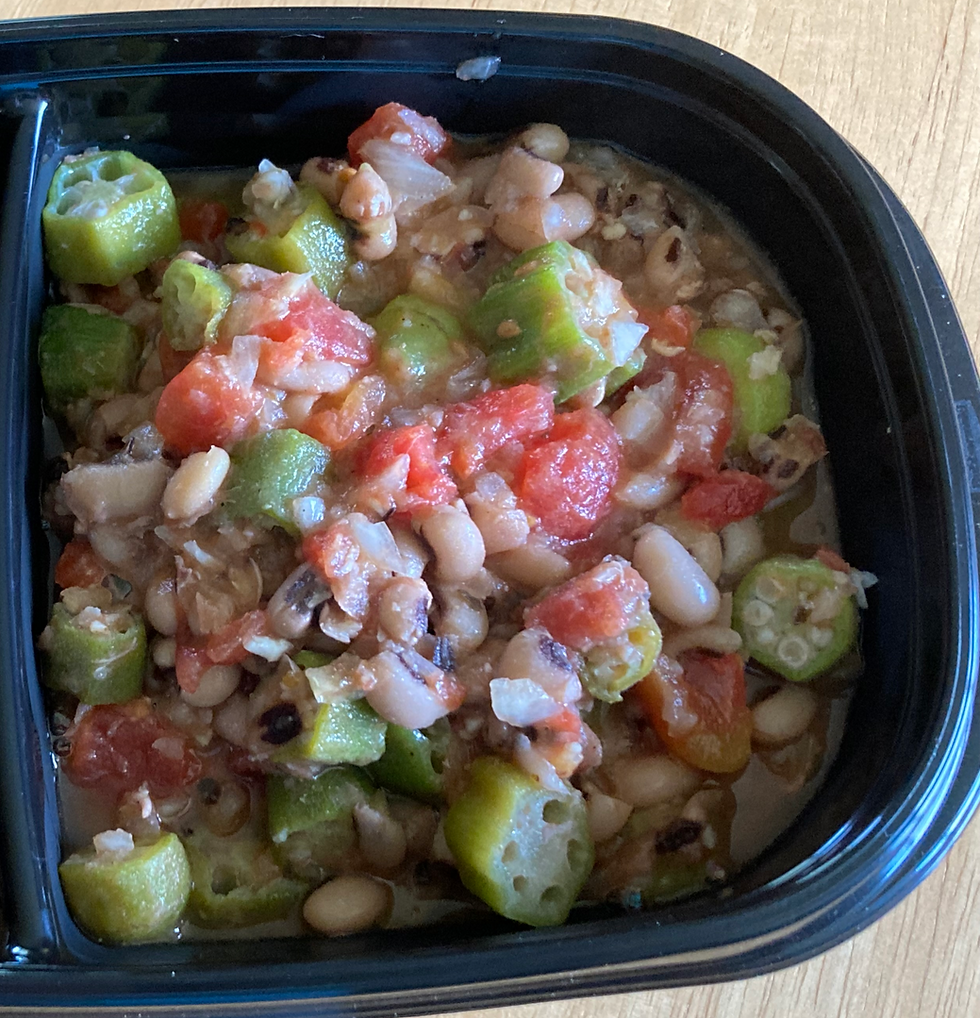Action steps to manage diabetes
- Juanita Weaver-Reiss
- Jun 8, 2017
- 4 min read
I am continuing with the 9 essential things to know if you have diabetes. This post is about how to use the tools to effectively be in charge of the diabetes.
It's all about you!
You have a health care team. You have a doctor. You may even have other health care providers who help you with your health and health care. Even though your doctor and other are on your team, it is you who has to make decisions about your diabetes and how you choose to manage it. Your doctor does not come home with you at night. Your dietitian does not make you supper to ensure that you make healthy food choices. Your cardiologist or foot doctor does not go for a walk with you to make sure you get your activity in for the day. It is all about you! You are the manager of your diabetes.
Action!

This is an action filled blog post. I can't say it is better than the latest movie that is out in the theatre, but it does have some important action tips for you to begin to take charge of your diabetes and how you can manage it better.
Take 1! Get the results!
Get your lab results when you have blood work done. Have the office print out a copy for you to take home.
Another way to get your lab results is to look them up in your chart if you have a MyChart account with your doctor's office.
Either way, you will have access to your lab values and know what your numbers are for your A1C, cholesterol, and microalbumin tests.
Don't settle for the answer that is sometimes given of "Your test results are okay." Or your labs are good. You need to know exactly what your numbers are. If the numbers are not in the target range, you will know you need to make some changes. If the numbers are in target, you will know that the things you have been doing to manage your diabetes is working and to keep doing those.
Know the targets
You will need to talk with your doctor about what your targets need to be for the different tests.
General targets are as follows:
A1C < 7%
Blood glucose ranges Before meals 80 -130
After meals less than 180
Total cholesterol < 200
HDL for women > 50
for men > 40
LDL < 100
if at higher risk for heart disease < 70
Microalbumin < 30
There are ways to change glucose and A1C - use the three tools
The tools that you can use to manage your diabetes are your food, activity, and the medicine that you take. It is understanding how things affect your glucose levels that make these tools very powerful.
Monitoring and the why for doing that
In order to use the three tools to make a difference with your glucose and A1C levels, it is necessary to monitor your blood glucose. If you don't monitor, it is very difficult to know what is happening with your blood glucose numbers. It is like I have walked over and turned the lights off, because when you eat a meal, and if you don't check your glucose, it is impossible to know what effect the food has had on your number and whether you are less than 180.
Monitoring helps you know whether you need to change how much you eat, how active you are, and whether your medicine is working to lower your glucose to be into your targets or not.
Vary the times when you check
Glucose levels change during the day
What if you forget to take your medicine, your blood glucose would go up
If you got sick, blood glucose levels can go up
If you become stressed, blood glucose levels can go up
When you take your medicine, that should make your glucose level lower.
When you move or do activity, your blood glucose should go down
When you eat food, the glucose will go up
When you don’t have much activity or are sitting for a long time, glucose levels will go up
Checking at different times of the day can help you to see how the food, activity, and medicine are working and what needs to be changed.
Other ways to use the tools
Write down what you eat and how much you eat. Let's say you ate a whole plate of spaghetti for dinner, plus had a piece of pie. When you checked your blood glucose two hours after that meal, you saw your glucose was 350. Thinking about the amount of food that you ate, you could say that the amount of food was what caused your blood glucose to be high out of target. Remember the target for two hours after a meal is less than 180.
What if you had a small portion of spaghetti, a big salad, and some meatballs, along with a piece of garlic bread. You check your glucose two hours after that meal and your number was 150. That is within the target range. You would think about the food and say that it seemed to fit for the portions because your after dinner meal glucose was within the target of less than 180.
Write down what activity you do and for how long. This information can be useful when looking at your glucose.
Ask for help with putting the puzzle together
You have a lot of information to put the puzzle together with.
You have the test results
You have checked your blood glucose at home
You check your blood glucose at different times
You write your numbers down in a book
You keep track of what you eat
You write down what you do for activity and for how long
You may need to sit down with a diabetes educator to look at your data and to get help with figuring out how your tools such as your food and activity is working in the overall plan.
To schedule an appointment, http://www.nutritionandhealthworks.com/schedule-your-appointment-1
I wish you Best Health,
Juanita



Comments